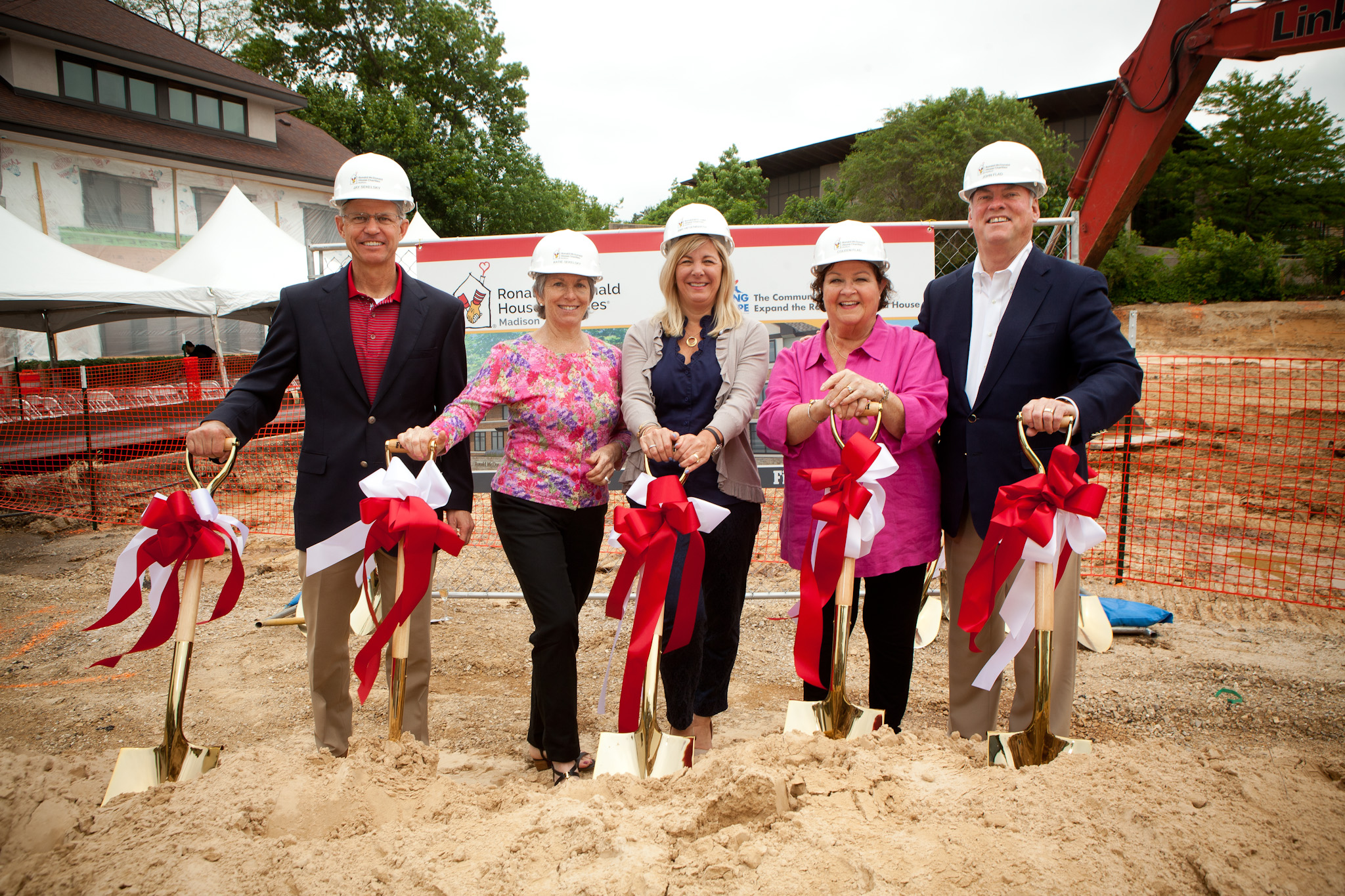The Importance of Leaders in Successful Development Programs

For many years, development professionals used to think that having the right donors was the most important ingredient for successful annual fundraising programs or capital campaigns. Today, we recognize that passionate and committed leaders are perhaps the most important variable for successful projects. This is to say the right leaders provide access to the right donors. Given their scale and magnitude, the right leadership structures are critical for capital campaigns.
So if leaders are so important, how do you start engaging the right ones in advance of your campaign? Most likely the right leaders are already engaged, at least peripherally right now.
Sometimes we seat leaders without thinking critically about the effort ahead of us. When thinking about potential campaign leaders, look internally first. Who is passionate about your mission? These might be dedicated donors, board members, volunteers. It is difficult if not impossible to run a successful capital campaign with leaders who are only lukewarm about your mission and vision.
Secondly, consider who has specific connections to introduce your organization to others. For instance, if you know corporate support will be important, is there a leader prospect that has those types of connections? Increasing your circle of support is essential for a multi-million-dollar fundraising effort.
Thirdly, how can you engage them in your efforts? Carefully consider your recruitment strategy. Are there aspects of your program that align with a leader prospect’s area of interest? Can an existing friend of your organization make an introduction? How warm is the relationship? If it needs warming up, develop a specific strategy to do so.
Now that your leaders are carefully recruited and engaged, be specific about their role in your special fundraising effort. In the recent $9.2 million for the Ronald McDonald House of Madison, honorary chairpersons and well-known philanthropists, John and Coleen Flad, were chosen because of their involvement in establishing the House and working with volunteers in the early days of operation. Their history, access to the philanthropic community, passion for the mission and willingness to tell others about the project set the right tone at the top.
Co-chairs, Jay and Katie Sekelsky and Jim and Amy Hegenbarth cared deeply about the mission but were also willing to open doors to individual, corporate and foundation prospects. Next came the cabinet members chosen because of their specific connection to the organization and the community. Finally, two unique tiers of leaders were established to extend the network of the organization. The construction cabinet opened doors to the trades community and the cornerstone cabinet lent credibility to the project with members selected because of their historical involvement, leadership in the community, or connections with the pediatric medical community.
This robust and carefully seated leadership team led by Kevin Huddleston, Executive Director and Mary Donahue, Director of Development; provided the experience, connections, and support necessary to be successful with a campaign of this size.
When considering a capital campaign understand the importance of well-selected leadership. Spend as much time thinking about leaders as you do about potential donors. Finally, good leaders are among the most valuable assets for any non-profit. Make sure to develop stewardship plans to keep them engaged long after your project is complete.
